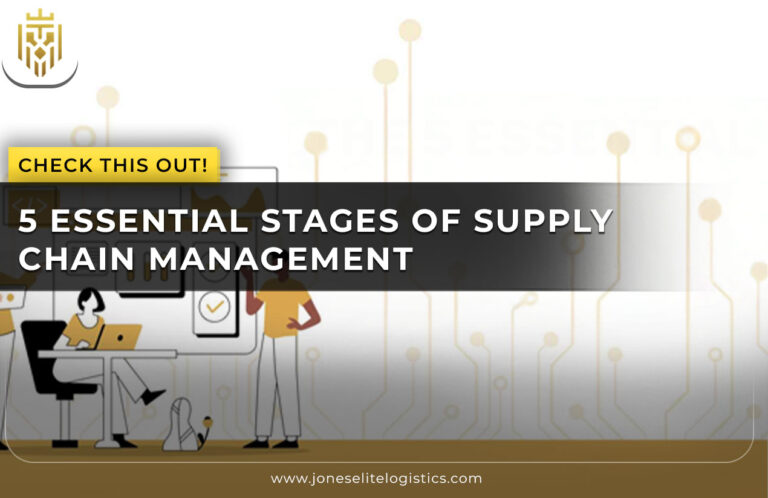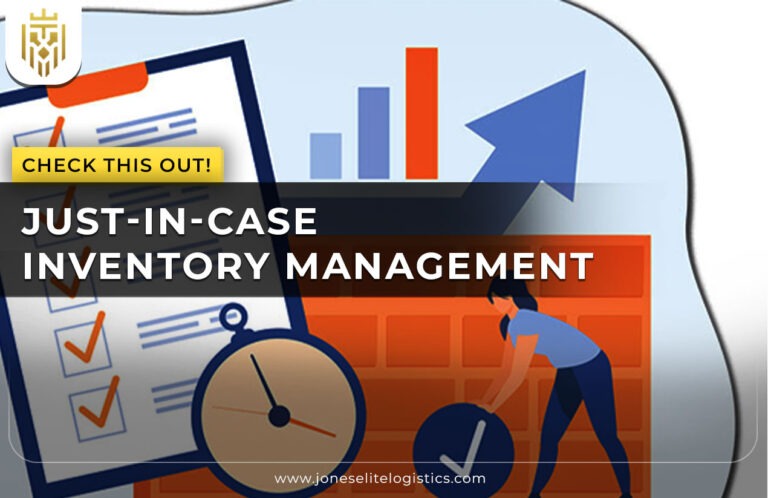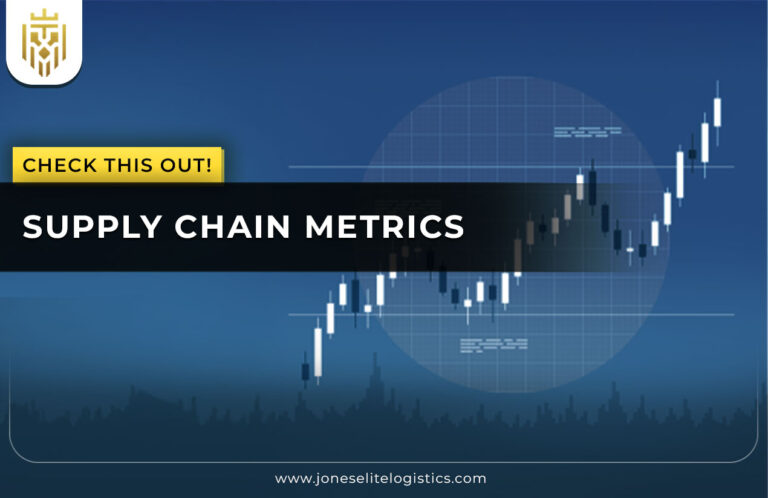What is Inventory Aging?
Inventory aging is another term for stock aging and refers to the time that items stay in inventory without being sold. A business can avoid problems with its stock and old items by considering inventory aging. It plays a key role in shaping decisions that have cash flow and inventory turnover impacts.
Why is Inventory Aging Important?
An aging inventory is helpful as it lets companies spot slow-selling products, manage stocks, have better cash flow and lower waste. Monitoring inventory age is important for choosing the best storage spaces, estimating needs and budgeting better.
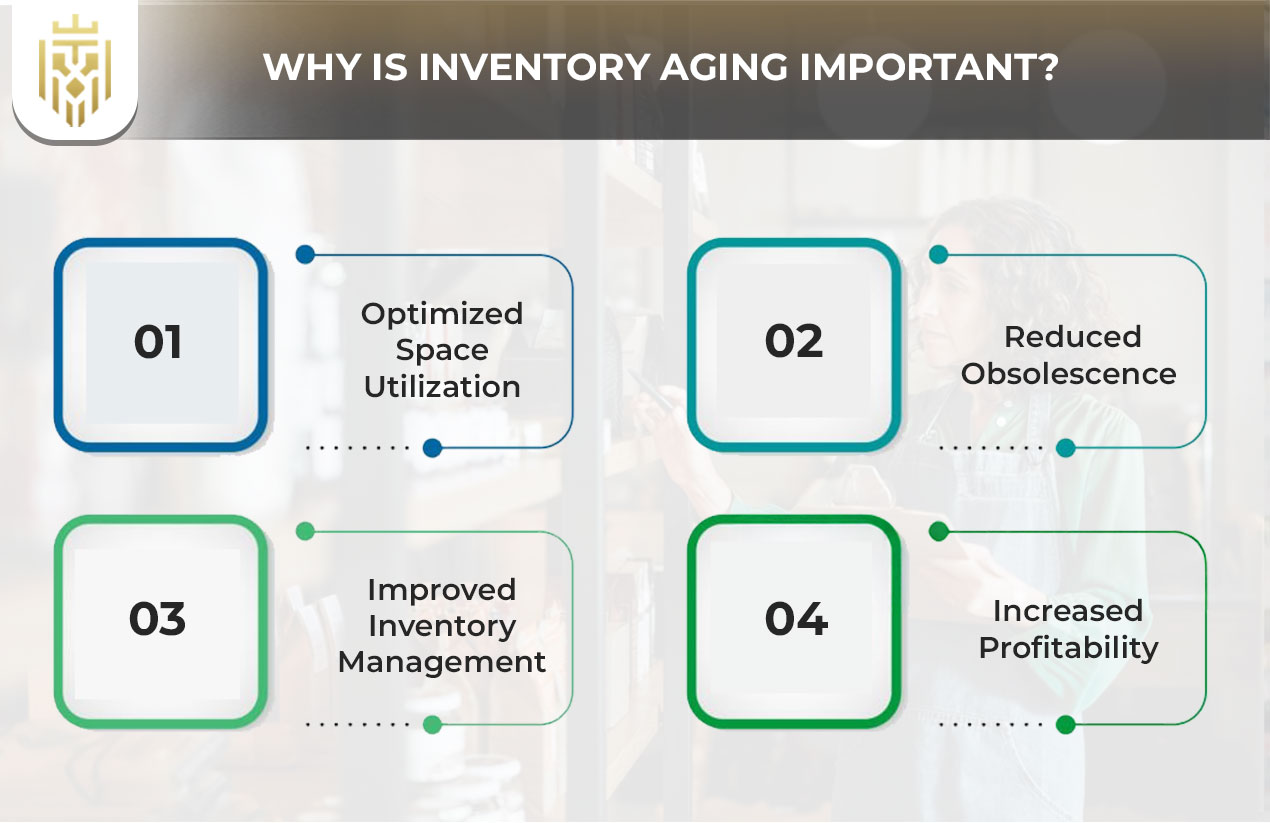
Optimized Space Utilization
Tracking inventory aging supports optimised space use by identifying slow-moving stock. It aids companies in keeping their stock low, handling warehouses well and saving money on storage. Evaluating the pace at which supplies are moving also supports better planning, so that the quicker-selling items are given more space.
Reduced Obsolescence
Being aware of inventory aging helps businesses detect product that will soon be outdated before it actually happens. As a result, wear and tear is reduced, items sell faster and no capital is tied up in things that are not sold. Taking care of aging stock allows businesses to get rid of items that are not part of their growth or income.
Improved Inventory Management
Tracking how long your stock is being held un-purchased allows you to know about slow moving items and stock that is now old. Through careful planning, businesses reduce their excess stock, determine accurately how much inventory to buy and improve their financial situation by managing stock and fulfilling orders efficiently.
Increased Profitability
The length of time products stay in inventory can affect how much the company makes. Taking care of perishable items and decluttering slow-moving stock makes it possible for businesses to lessen their costs. When purchases are made wisely using aging insights, companies find it easier to operate smoothly and increase their margins and cash flow in the long run.
How to Calculate Your Average Inventory Age?
You get inventory age by first dividing the inventory value by the cost of goods, then multiplying by the number of days in a year. The formula presents the inventory age which helps businesses check how well their stock is performing and manage aging stocks.
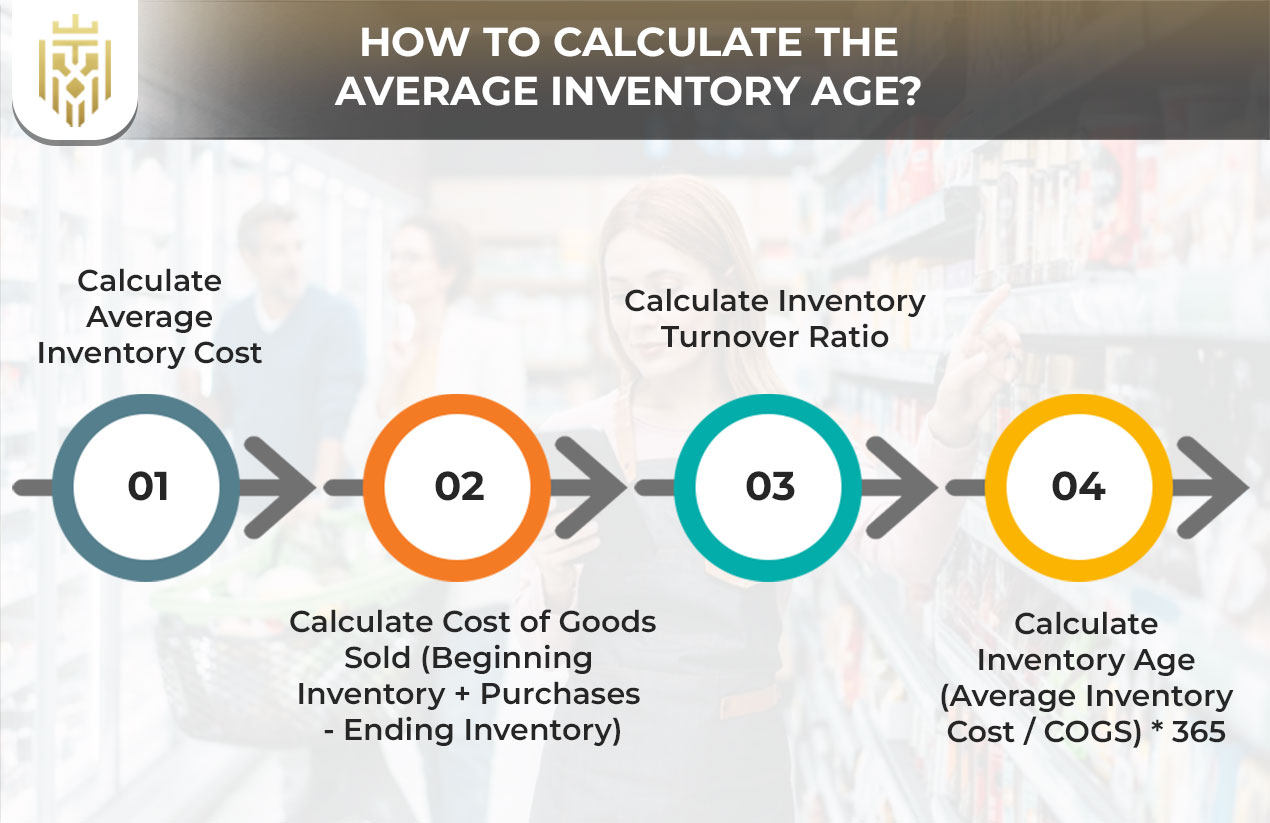
Average Inventory Cost
The first step in finding the average cost of your inventory is to add the stock at the start of the period with the stock at the end and then divide by two. Because of this, you can review how long stock has been kept in inventory and assess its efficiency.
Cost of Goods Sold
It is important to use COGS in figuring out how old your inventory is. Use the formula: Beginning Inventory + Purchases – Ending Inventory. It informs you about the amount sold and should be used to get correct measurements and cost analysis with the inventory aging formula.
Inventory Turnover Ratio
Calculate the average number of days for inventory by taking the average inventory and dividing it by COGS. The ratio helps organizations measure inventory speed, track the stock’s age, adjust their supply strategies and manage cash flow better through planned inventory.
Inventory Age
Use the formula: (Average Inventory Cost / COGS) * 365 to get inventory age. You need this metric to find out how quickly your inventory ages, locate poor use areas and make your purchasing easier. Using good inventory management ensures less waste and better planning for expenditures and sales.
How to use the Inventory Aging Formula?
This formula determines how old your inventory is by implementing the formula: (Average Inventory Cost / Cost of Goods Sold) x 365. Knowing the inventory aging formula allows businesses to keep track of inventory that doesn’t sell, act quickly with inventory and manage their cash flow properly.
Why Monitoring Inventory Aging Matters?
Tracking inventory aging allows businesses to discover outdated items, update their purchasing process and boost their cash flow. It aids in choosing the best options, keeps stock from getting old and matches inventory to what is needed. With an inventory aging report, you can check how long certain products have been on the shelf.
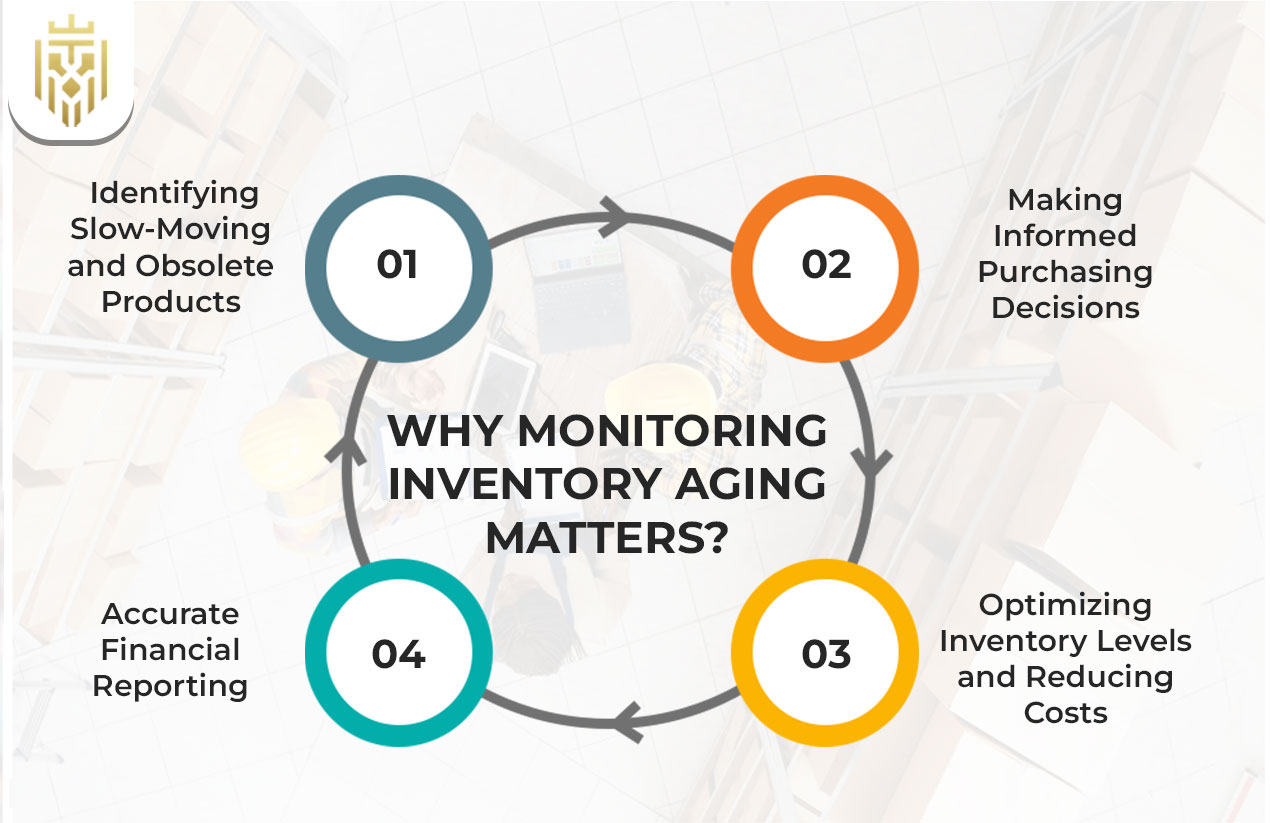
Identifying Slow-Moving and Obsolete Products
Checking how long stock remains in inventory can help identify slow-moving and obsolete products faster. As a result, companies can reduce the amount of deadstock, cut their inventory and raise profits. Discovering old stock as soon as possible helps manage stock levels which boosts the flow of cash and cuts unnecessary stocking fees.
Making Informed Purchasing Decisions
Inventory aging allows us to notice which products aren’t selling well, helping us make better buying choices. This makes it possible for teams to fix mistakes in orders, prevent throwing out extra items and cut down storage fees. Placing orders through inventory reports helps a business work more efficiently and use better procurement methods.
Optimizing Inventory Levels and Reducing Costs
Following inventory aging insights lets businesses lower inventory and maintain proper stock amounts. If companies limit purchases and follow changes in what customers want, they help their sales and finances. Because of this, companies can reduce their storage costs and enjoy greater profits, particularly when armed with correct data on inventory aging.
Accurate Financial Reporting
Using inventory aging data gives better insights into products that are slow to be sold. They can also improve their financial reporting, make their activities more open and bring their accounting systems into line. Inventory aging reports assist in getting the correct inventory valuation for both accounting audits and estimates.
How to Spot Aging Inventory?
You can spot aging inventory when you notice slow turnover, little demand and too much stock on hand. An inventory aging report helps companies notice products that are not selling well which enables them to react early and maintain an organized stock level.
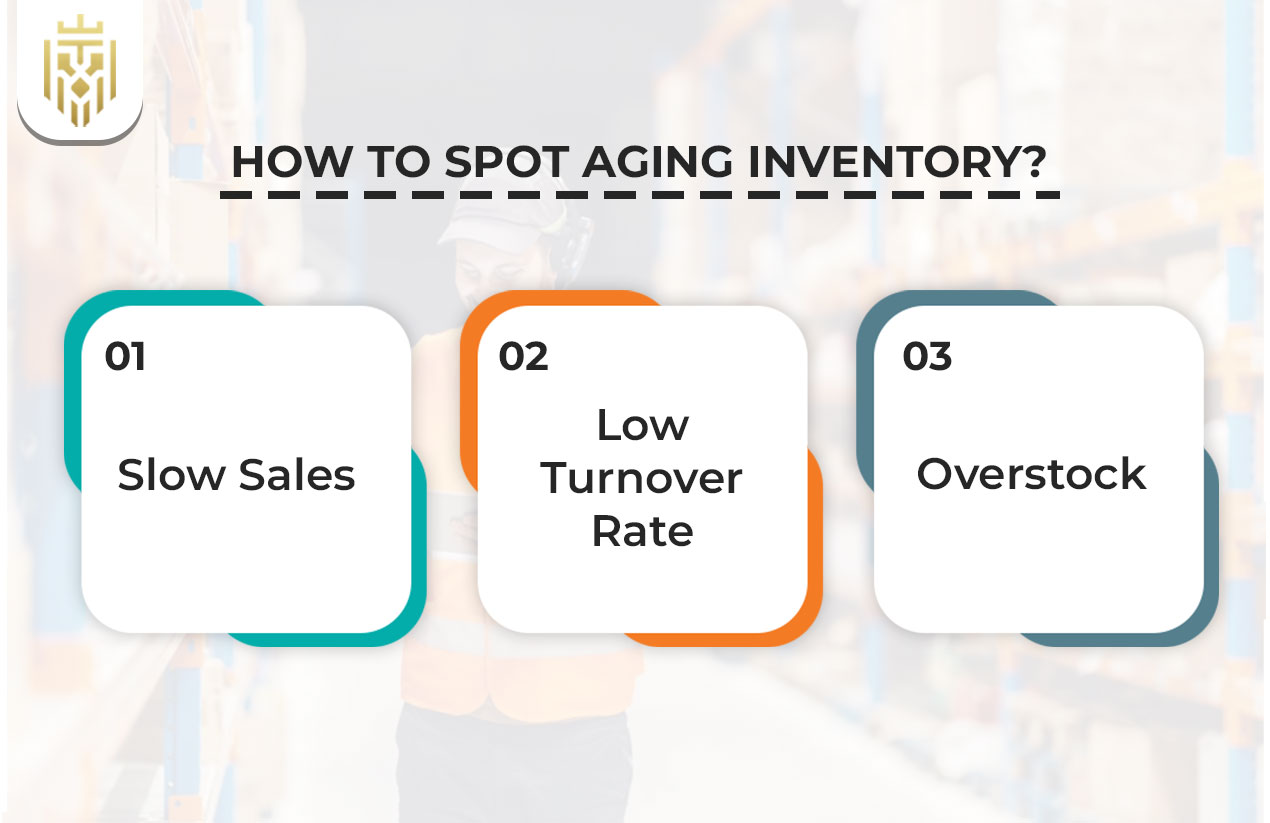
Slow Sales
Product that sits on the shelves without being sold can reduce the company’s profits. If products do not sell, they keep piling up costs and run the risk of becoming obsolete. If businesses notice that products are lingering in their inventory, they need to introduce discounts or specials to make sure they do not have too much stock.
Low Turnover Rate
A time-consuming process for moving inbound inventory means that it is aging. If fewer sales occur and hold times become longer, having inventory becomes a problem. Having an inventory aging report makes it possible for businesses to eliminate extra stock and assess how inventory is used to improve profits.
Overstock
Having an inventory that is too large can mask the actual age of the products. Ongoing check-ups of inventory aging reports enable you to notice stale products, limit excess stock and keep inventories low. Checking stock levels regularly helps businesses get more accurate sales projections, receive more cash and avoid keeping assets in unsold items.
What is an Inventory Aging Report?
An Inventory Aging Report divides inventory into categories showing how many days the stock has been in your hands—for example, from 0–30 days and 31-60 days. With this information, one can see which products are not selling well, check how much inventory is left and handle inventory properly. Report outputs help businesses know how old their stock is and grow their cash flow.
FAQs
1) What is Inventory Aging?
Inventory aging is another term for stock aging and refers to the time that items stay in inventory without being sold. A business can avoid problems with its stock and old items by considering inventory aging. It plays a key role in shaping decisions that have cash flow and inventory turnover impacts.
2) How to Calculate Your Average Inventory Age?
You get inventory age by first dividing the inventory value by the cost of goods, then multiplying by the number of days in a year. The formula presents the inventory age which helps businesses check how well their stock is performing and manage aging stocks.
3) What is an Inventory Aging Report?
An Inventory Aging Report divides inventory into categories showing how many days the stock has been in your hands—for example, from 0–30 days and 31-60 days. With this information, one can see which products are not selling well, check how much inventory is left and handle inventory properly.
4) Why is Inventory Aging Important?
An aging inventory is helpful as it lets companies spot slow-selling products, manage stocks, have better cash flow and lower waste. Monitoring inventory age is important for choosing the best storage spaces, estimating needs and budgeting better.




